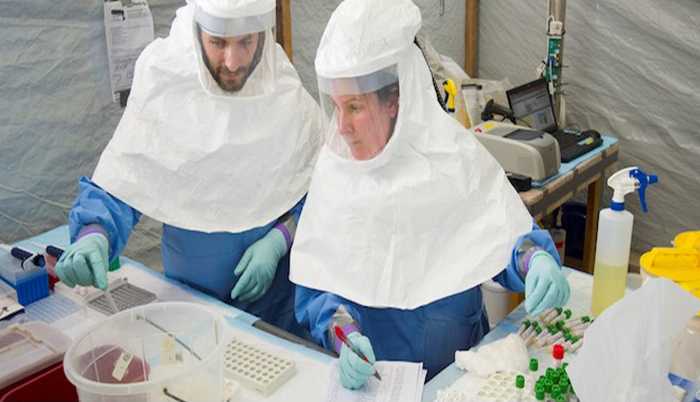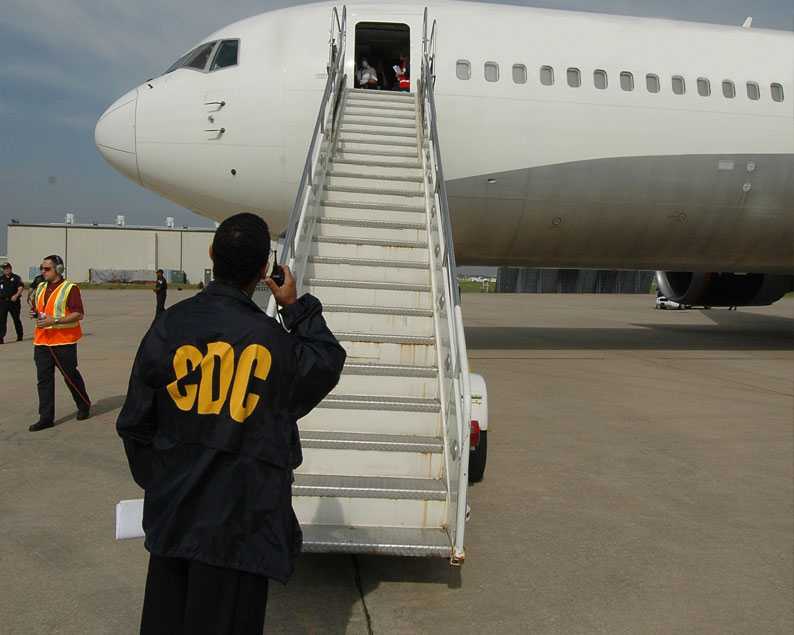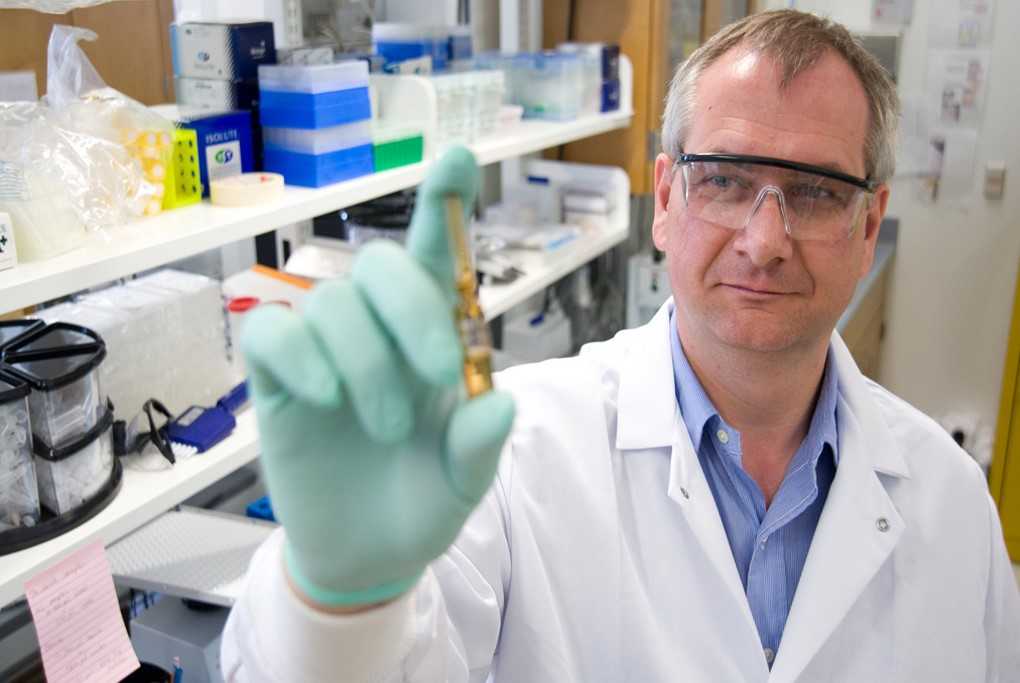What CDC Is Doing
CDC works worldwide 24/7 to protect the U.S. from disease threats.

Photo credit: David Snyder
Disease knows no borders. In today’s interconnected world, a disease threat anywhere can become a health threat in the U.S. We know that disease exploits even the smallest gap to spread and grow. With the ease and speed of global travel, along with rapidly expanding commerce and trade, the need to shut down the expressways available to infectious disease into the U.S. is more important today than ever before.
The most effective – and cost effective – way to protect Americans from known and unknown health threats that begin overseas is to stop them before they spread to our shores. CDC’s global activities protect Americans from major health threats such as Ebola, Zika, and pandemic influenza. CDC detects and controls outbreaks at their source, saving lives and reducing healthcare costs. Importantly, CDC helps other countries build capacity to prevent, detect, and respond to their health threats through our work. The goal is to stop diseases where they occur as soon as they start. The knowledge and lessons learned from CDC’s work abroad are critical to our public health efforts at home, and to protect Americans.
America’s health security is a critical national interest.

The U.S. must maintain a strong and effective global health presence to ensure America’s health security. While the World Health Organization’s (WHO) mandate is for all 194 member states, the U.S. must be in a strong position to prevent, detect, and respond to diseases to protect the health of the American people.
CDC provides unique, critical services that no other agency provides.
Our global programs are run by world experts in epidemiology, surveillance, informatics, laboratory systems, and other essential disciplines and provide strong global health leadership capacity. The work of these experts strengthens critical public health services around the world.
CDC engages foreign governments to help address their health challenges which supports the interests of the American people. In addition to providing health benefits, the collaborations often serve as entry points for broader diplomatic engagement, making CDC’s global work critical. Our global programs address more than 400 diseases, health threats, and conditions that are major causes of death, disease, and disability – building upon our U.S. public health program expertise and knowledge of these diseases to help protect Americans from major health threats, wherever they arise.
No single agency can confront all global health challenges alone.

Photo credit: David Snyder
CDC works with an array of partners, including the WHO. WHO convenes its 194 member nations, including the U.S., to direct and coordinate global health strategies, tactics and priorities. CDC works in more than 60 countries, with staff from the U.S., but with even more staff from the respective countries to carry on the work, working with ministries of health and other partners on the front lines where outbreaks occur. This work protects Americans because it strengthens countries to respond to disease threats as close to their source as possible, and not spread.
In addition to responding to disease outbreaks, CDC addresses global health crises that can extend beyond the health sector to contribute to creating more stable societies. For example, in 2003, President George W. Bush and a bipartisan Congress created the U.S. President’s Emergency Plan for AIDS Relief (PEPFAR) to address the HIV/AIDS crisis. This program holds a place in the history of public health as the largest commitment by any nation to combat a single disease, establishing and expanding the infrastructure necessary to deliver prevention, care, and treatment services in low resource settings.
CDC is also a key implementer of the President’s Malaria Initiative (PMI), launched in 2005, to work with countries and partners to further reduce malaria deaths and substantially decrease malaria morbidity, towards the long-term goal of malaria elimination.
CDC also works globally to eradicate the world of vaccine-preventable diseases such as polio. The U.S. Government’s commitment for over two decades to eradicate the second human disease ever after smallpox, ensures that children in the U.S. will never repeat history when people with polio had to be in iron lungs to breathe and children had to spend their summer indoors in fear of being paralyzed for life.
Learn how CDC is addressing specific challenges
To learn more about CDC’s global health goals and vision, see CDC’s Global Health Strategy.
To learn more about CDC’s collaboration with WHO and other partners, see CDC’s Global Partnerships.
- Page last reviewed: September 15, 2017
- Page last updated: September 15, 2017
- Content source:
Global Health
Notice: Linking to a non-federal site does not constitute an endorsement by HHS, CDC or any of its employees of the sponsors or the information and products presented on the site.


 ShareCompartir
ShareCompartir